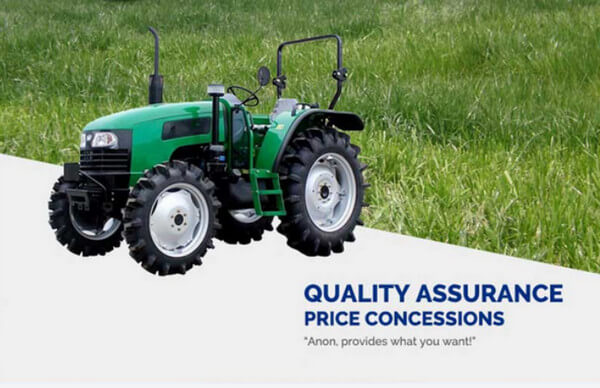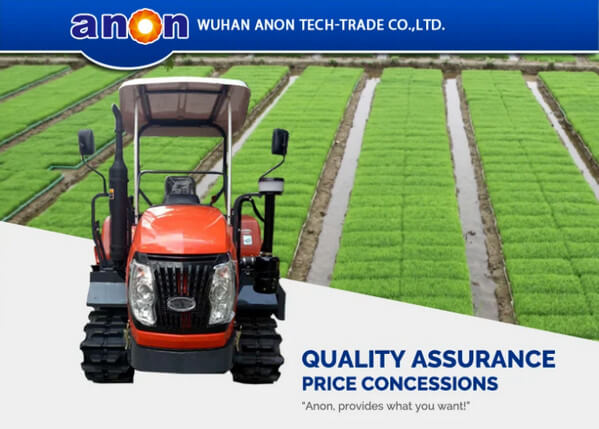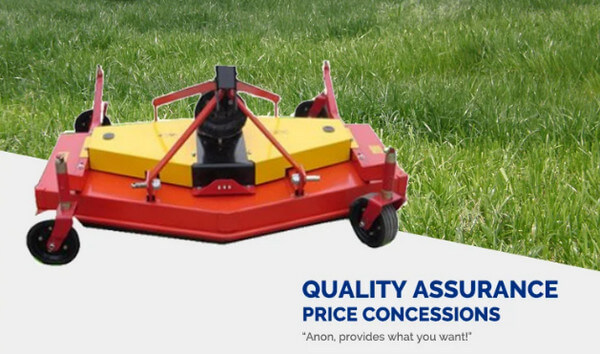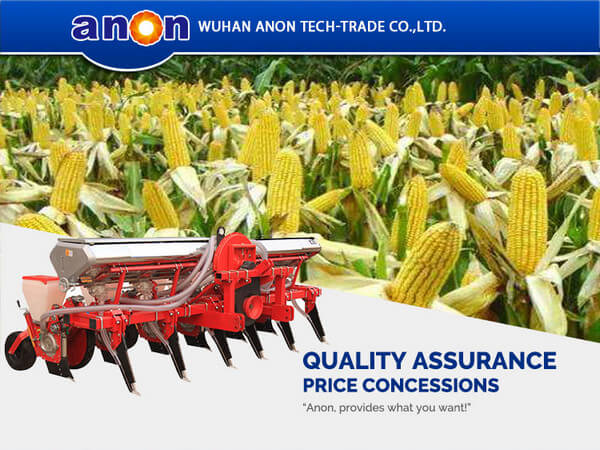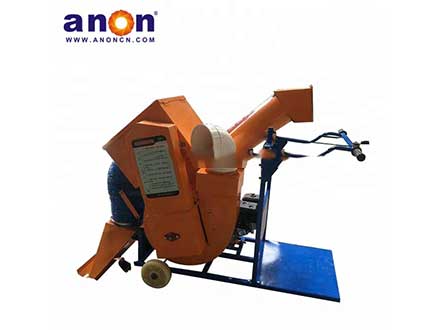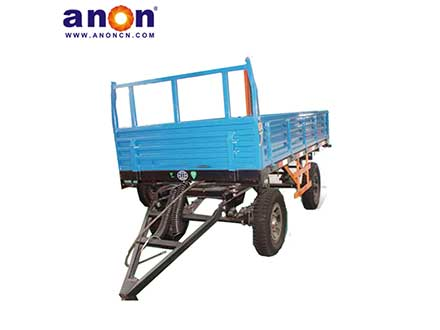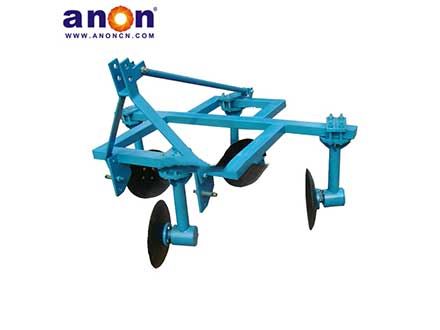Introduction
A crawler tractor is a heavy agricultural machine that uses a crawler walking device with a metal chain as its walking system. It is powered by the engine and driven by the friction between the crawler and the ground. Compared with wheeled tractors, it has stronger traction, better passability, a large contact area with the ground, good adhesion, and is suitable for complex terrain. It can work in harsh terrain conditions, such as slippery and uneven terrain.
Working Principle
When a crawler tractor is in operation, the engine burns fuel to generate power, which is then transmitted to both drive wheels through the clutch, transmission, and final drive system. The drive wheels drive the track chains in a circular motion, creating friction and reaction forces between the tracks and the ground, propelling the tractor forward. Because the tracks have a large contact patch and low ground contact pressure, they can operate stably on soft, slippery, or uneven surfaces and can pull farm implements or heavy objects. By operating the clutch, one track can be slowed or stopped while the other continues moving. The speed difference creates differential steering, allowing the machine to turn.
Main Structure
Power System: Primarily a diesel engine, some newer models feature electric or hybrid drive.
Drive System: Transmits engine power to the tracks and includes a clutch, gearbox, and final drive.
Travel Gear: Tracks, carrier rollers, drive wheels, idlers, and rollers. The tracks provide a large ground contact area and low ground contact pressure.
Steering and Braking System: Differential steering is achieved through clutch or hydraulic power steering, providing excellent maneuverability.
Hydraulic Suspension System: Works with agricultural or construction implements for traction, bulldozing, and plowing.
Applications of crawler tractor
Due to their strong traction and excellent stability, crawler tractors can easily drive equipment such as tillers and seeders. Agricultural users often use crawler tractors for a wide range of agricultural activities, including tillage, harvesting, and seeding, thereby improving production efficiency.
Tillage and Preparation
Crawler tractors, when paired with various implements, can perform deep plowing, ploughing, rotary tillage, furrowing, and land preparation. They are particularly well-suited for paddy fields, as they are less likely to sink in muddy conditions.
Farmland Management
When paired with a cultivator, they can be used for field management during the crop growth period, including tillage, seeding, weeding, and field transport.
Harvesting
Crawler tractors paired with a harvester can quickly harvest crops during the harvest season, improving harvesting efficiency.
Suitable for mountainous or hilly areas
The crawler tractor’s low speed and high traction make it safe for operation on slopes and terraced fields.
Other Applications
Crawler tractors can also be used in construction, forestry, and other fields.
What are the advantages of a crawler tractor?
Crawler tractors have strong traction and are capable of handling heavy loads. The tracks have a large contact patch and exert low ground pressure, making them less prone to sinking even in soft soil or muddy roads, ensuring stable operation. The raised anti-skid surfaces on the track shoes provide strong friction with the ground, making them less prone to slipping in wet fields and on slopes, thus ensuring excellent stability.
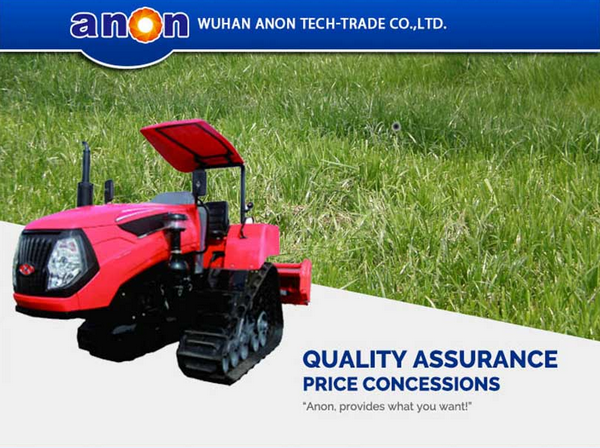
For example, this high-performance mini crawler tractor provided by our platform has strong power performance, and dual fuel tanks can accommodate 150L of diesel. It can be turned over, rotated, leveled, and pulled into a trailer, with high operating efficiency. It can cope with complex terrain and harsh working conditions, such as mud, slopes, etc., and it has a wider range of applications.
What are the disadvantages of a crawler tractor?
Any machine can suffer from drawbacks due to various factors. Crawler tractors also have some drawbacks. ANON will briefly introduce them. First, crawler tractors are relatively expensive, including manufacturing costs and technical requirements, and correspondingly, maintenance costs are high. Second, they consume more fuel. Finally, they are slower than wheeled tractors, which can affect work performance.
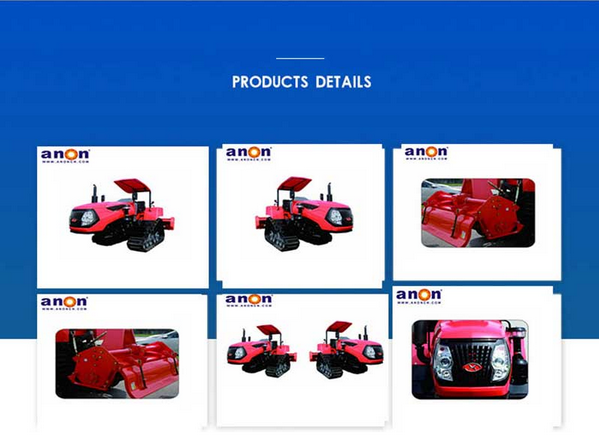
Conclusion
Generally speaking, crawler tractors are suitable for operating in harsh terrain conditions. It has high traction, stability, and passability, but the price is higher. ANON also needs to remind all farmer friends, when choosing, you need to consider its use. Factors such as operating environment, price, and maintenance costs make the selection decision. If you don’t know much about it, you can also consult our professionals. We believe that our platform can give you a satisfactory equipment solution.
FAQ
What is the difference between wheeled and crawler tractors?
Speed: Wheeled tractors are three to four times faster than crawler tractors. Wheeled tractors are more efficient than crawler tractors when hauling long distances or when working at dispersed locations.
What is another name for a crawler tractor?


